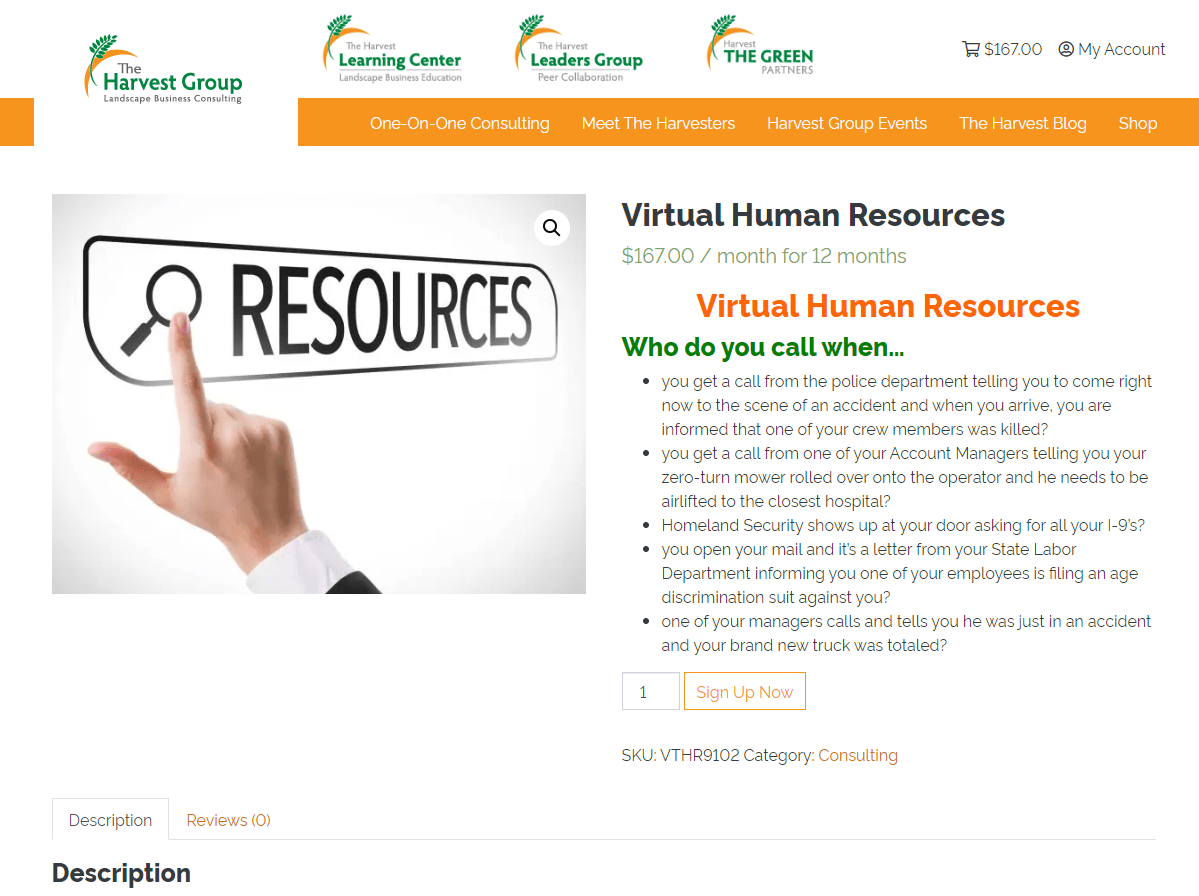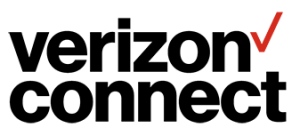
Business Plan Basics
Steven Cesare, Ph.D.
A business owner from Minnesota called me the other day to talk about creating a “real” written business plan. More rare than the fabled unicorn, written business plans are hard to come by. Ask your peers if they have one. Do you have one for your company? Could you show it to your Accountant if it was requested?
Yeah, I know…
While the business owner and I had several extended conversations as we worked through the details of his company’s written business plan, here is the elementary outline that served as our template:
- Describe the services that will be provided
- SWOT
- Strengths internal to the company that improve the likelihood of success
- Weaknesses internal to the company that impede success
- Opportunities external to the company that improve the likelihood of success
- Threats external to the company that impede success
- Describe the intended customer base who will be targeted to use the services provided
- Conduct market research
- Specify marketing plan
- Specify social media plan
- Specify sales plan
- Specify CRM plan
- Identify competitors offering similar services to that same targeted customer base
- Specify the company’s competitive advantage over the competition in the eyes of the customer
- Identify the Balanced Scorecard goals and related metrics for each month during the fiscal year
- Financial; specify the goals and 3-5 key initiatives intended to achieve each goal
- Employee; specify the goals and 3-5 key initiatives intended to achieve each goal
- Process; specify the goals and 3-5 key initiatives intended to achieve each goal
- Customer; specify the goals and 3-5 key initiatives intended to achieve each goal
- Specify revenue considerations
- Pricing model
- Discounts
- Warranty work
- Build the budget
- Revenue sources
- Chart of accounts
- Specify direct, indirect, and administrative costs for each month
- Design an organizational chart to achieve those goals each month
- Build a “results-based team-oriented culture”
- Clarify goals, roles, and performance expectations for each employee
- Ensure employees possess necessary skills, training, and acumen to achieve monthly goals
- Specify communication plan to keep employees informed, aligned, and accountable
- Identify the Operations system
- Tasks, processes, and systems to support stable infrastructure and efficient service delivery
- Direct and Indirect costs
- Business partners, vendors, and suppliers
- Contingency
- Balance Sheet, Cash Flow, and Line of Credit
- Company Valuation and Exit Strategy
If you would like basic access to my human resources expertise, simply take a look at my affordable offering here: View Offer
Check Out Harvester Steve Cesare’s
NEW OFFERING!
Harvest Group Partners
Click the icon below to download the Harvest Group Mobile app!
What do you want to learn more about?
The Harvesters want to know what topics you would like to see us discuss. Click below to submit your ideas!





